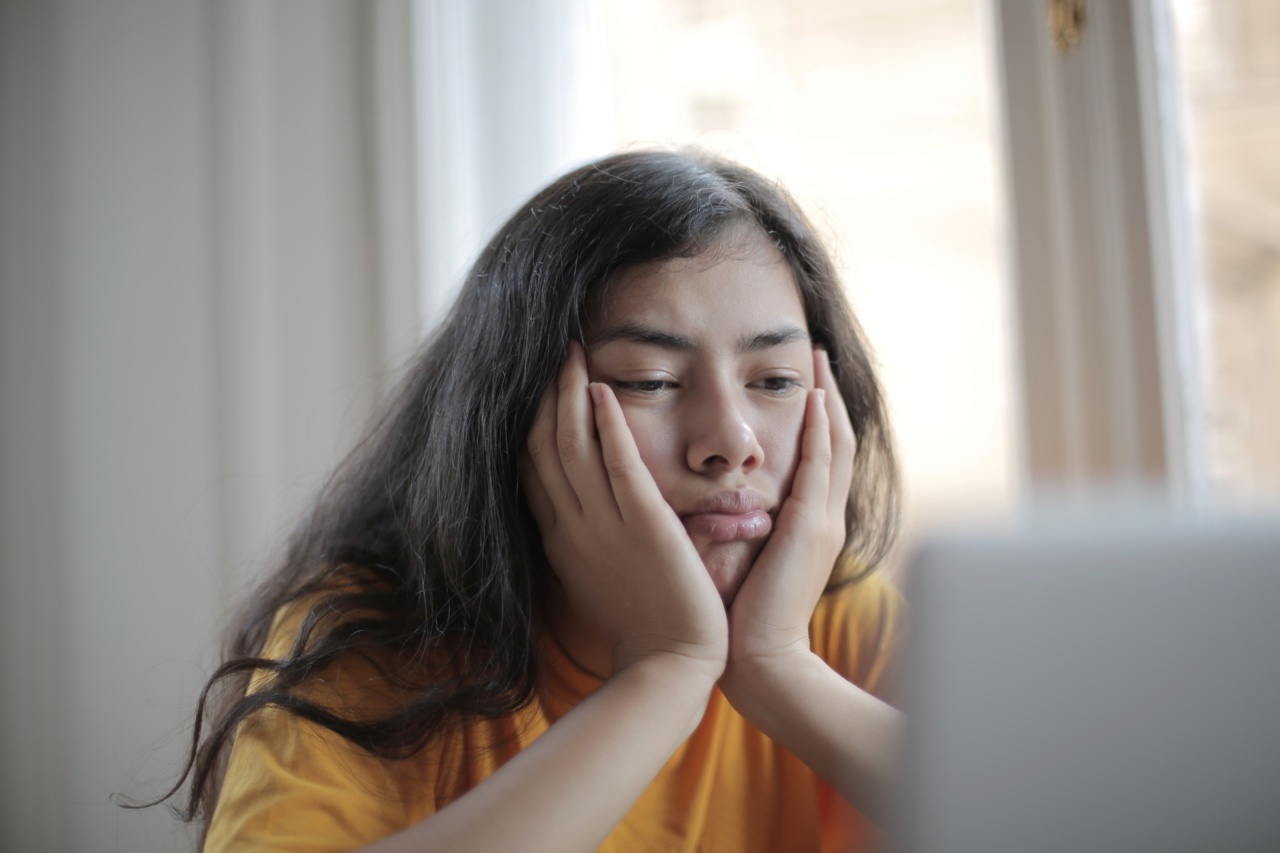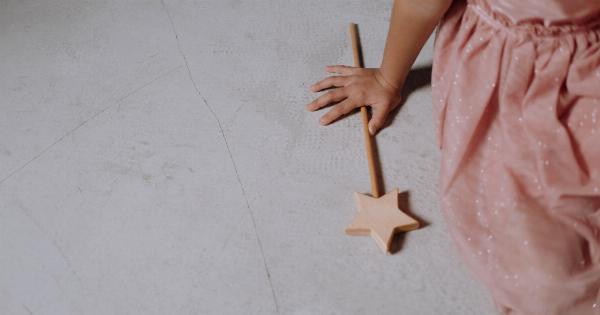A lazy eye, medically known as amblyopia, is a condition that occurs when one eye is unable to achieve normal visual acuity even with the use of corrective lenses. It typically develops during childhood and affects around 2-3% of the population.
If left untreated, a lazy eye can lead to permanent vision impairment. However, there are several effective treatments available that can help improve vision in individuals with a lazy eye. In this article, we will explore the various treatment options and provide you with the essential information you need to know.
1. Patching Therapy
Patching therapy is a commonly used treatment for lazy eye, especially in children. It involves covering the stronger eye with a patch, which forces the weaker eye to work harder and develop stronger visual acuity.
By consistently wearing the patch for several hours a day, over a period of weeks or months, the brain is stimulated to rely more on the weaker eye, leading to improved vision.
2. Corrective Lenses
Prescription glasses or contact lenses can help correct refractive errors in the affected eye, which may contribute to lazy eye.
By providing clear and balanced vision, corrective lenses can aid in the development of the weaker eye and improve overall visual acuity.
3. Vision Therapy
Vision therapy, also known as orthoptics, is a non-surgical treatment option that uses a variety of exercises and activities to improve visual skills and strengthen the eye muscles.
This therapy is often performed under the guidance of a trained optometrist and includes activities such as eye tracking exercises, focusing exercises, and eye-hand coordination exercises.
4. Atropine Eye Drops
Atropine eye drops can be used as an alternative to patching therapy. By temporarily blurring the vision in the stronger eye, atropine eye drops encourage the weaker eye to actively participate in visual tasks.
This approach can be particularly beneficial for individuals who find it challenging to comply with patching therapy.
5. Video Games and Vision Training Apps
With the advancement of technology, various video games and vision training apps have been developed to improve lazy eye and enhance visual skills. These games and apps are designed to stimulate the weaker eye and promote better visual acuity.
However, it is important to consult an eye care professional before relying solely on these methods.
6. Vision Therapy Involving Virtual Reality
Virtual reality (VR) has gained popularity in recent years, and researchers are exploring its potential in treating lazy eye. VR-based vision therapy uses immersive environments and stimuli to improve visual perception and promote binocular vision.
Although still in the early stages of research, preliminary results have shown promising outcomes.
7. Surgical Interventions
In some cases, surgical interventions may be necessary, especially if the underlying cause of the lazy eye is not corrected by non-surgical methods.
Surgical options focus on improving eye alignment or removing any physical obstructions that may be hindering visual development. It is essential to consult with an experienced ophthalmologist to determine the most appropriate surgical approach.
8. Vision Supplements
Some studies have suggested that certain vitamins and minerals, such as omega-3 fatty acids, vitamin E, and antioxidants, may have a positive impact on visual health and aid in the treatment of lazy eye.
However, more research is needed to establish the effectiveness of vision supplements in improving visual acuity in individuals with a lazy eye.
9. Early Intervention
Early diagnosis and intervention are crucial for the successful treatment of a lazy eye. It is recommended that children undergo a comprehensive eye examination by an optometrist or ophthalmologist by the age of 6 months.
Prompt treatment can significantly increase the chances of restoring normal visual function.
10. Regular Eye Exams
Regular eye exams are vital for individuals of all ages, even in the absence of any eye-related symptoms. Routine check-ups allow for the early detection and treatment of any visual problems, including a lazy eye.
Timely intervention can prevent the condition from worsening and help maintain optimal visual health.



























